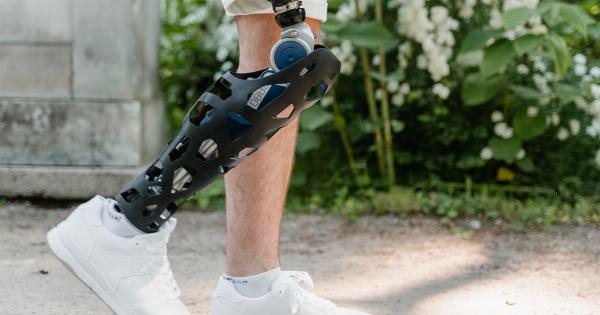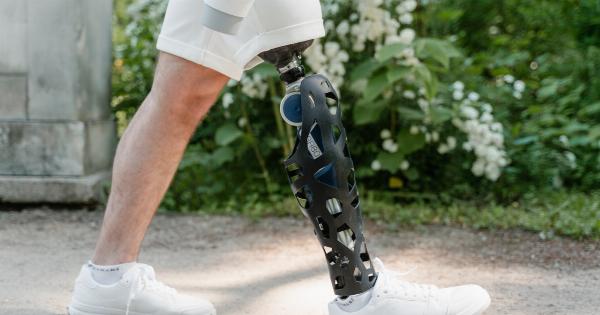Knee osteoarthritis is a common degenerative joint condition that affects millions of people worldwide. It occurs when the protective cartilage in the knee joint gradually wears away, causing the bones to rub against each other.
This can lead to pain, stiffness, swelling, and limited mobility. Understanding the risks and taking preventive measures can help you manage this condition effectively.
Risks of Knee Osteoarthritis
Several factors contribute to the development of knee osteoarthritis. Recognizing these risks can help you take appropriate precautions to reduce the likelihood of developing this condition:.
1. Age
One of the primary risk factors for knee osteoarthritis is age. As you grow older, the cartilage in your joints naturally degrades, making them more susceptible to wear and tear.
2. Obesity
Excessive body weight puts additional stress on your knees, increasing the risk of osteoarthritis. The excess weight places pressure on the joint, accelerating cartilage degeneration.
3. Joint Injuries
Past knee injuries, such as ligament tears or fractures, significantly increase the likelihood of developing osteoarthritis. Damage to the knee joint structures can disrupt the smooth functioning of the joint, leading to early degeneration.
4. Genetics
Studies have shown that certain genetic factors can predispose individuals to knee osteoarthritis. If you have a family history of the condition, you may be at a higher risk of developing it yourself.
5. Occupation and Joint Overuse
Engaging in activities or occupations that involve repetitive movements or continuous stress on the knee joints can contribute to the development of osteoarthritis.
This includes jobs that require heavy lifting, squatting, or kneeling for prolonged periods.
Precautions for Knee Osteoarthritis
While some risk factors for knee osteoarthritis cannot be controlled, taking certain precautions can help protect your knees and minimize the impact of this condition:.
1. Maintain a Healthy Weight
Keeping your weight within a healthy range can alleviate stress on your knees. By losing excess pounds, you can reduce the strain on your knee joints and slow down the progression of osteoarthritis.
2. Stay Active
Regular exercise is crucial for maintaining knee joint flexibility and strength. Low-impact activities such as swimming, cycling, and walking can help improve joint function without putting excessive stress on your knees.
Consult with a healthcare professional or physical therapist to devise an exercise program suitable for your condition.
3. Avoid Joint Overuse
Repetitive stress or overuse of the knee joint can accelerate cartilage degeneration.
If your occupation or hobbies involve activities that put strain on your knees, take frequent breaks, use proper body mechanics, and consider using supportive braces or equipment to reduce joint stress.
4. Practice Joint-Friendly Activities
Engaging in activities that promote joint health can help you prevent or manage knee osteoarthritis.
Yoga, tai chi, and other gentle stretching exercises can improve flexibility, promote better joint alignment, and reduce pain and stiffness associated with osteoarthritis.
5. Protect Your Joints
When participating in physical activities or sports, use proper protective gear, such as knee pads or braces, to shield your knees from potential injuries.
Taking precautions to prevent joint trauma can minimize the risk of developing osteoarthritis later in life.
Seeking Treatment
If you suspect you have knee osteoarthritis or are experiencing persistent knee pain and limitations in mobility, it is important to seek medical attention.
A healthcare professional can diagnose your condition and recommend appropriate treatment options, including pain management techniques, physical therapy exercises, medications, or even surgical intervention in severe cases.
Conclusion
Understanding the risks and taking precautions against knee osteoarthritis can significantly improve your quality of life.
By adopting a proactive approach, you can reduce your likelihood of developing this degenerative joint condition and ensure optimal knee health for years to come.



















